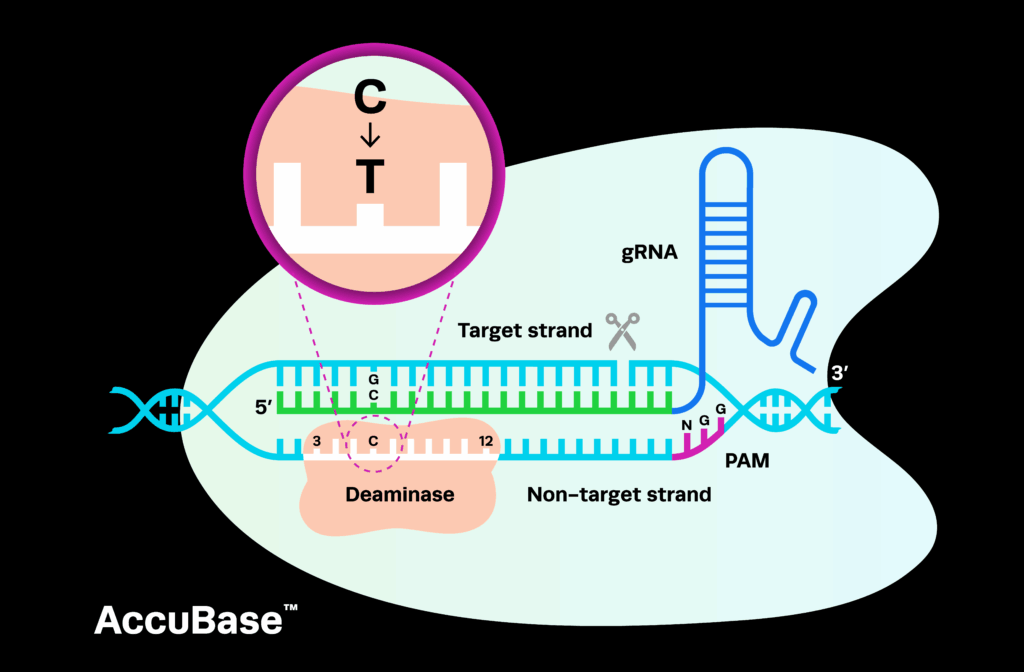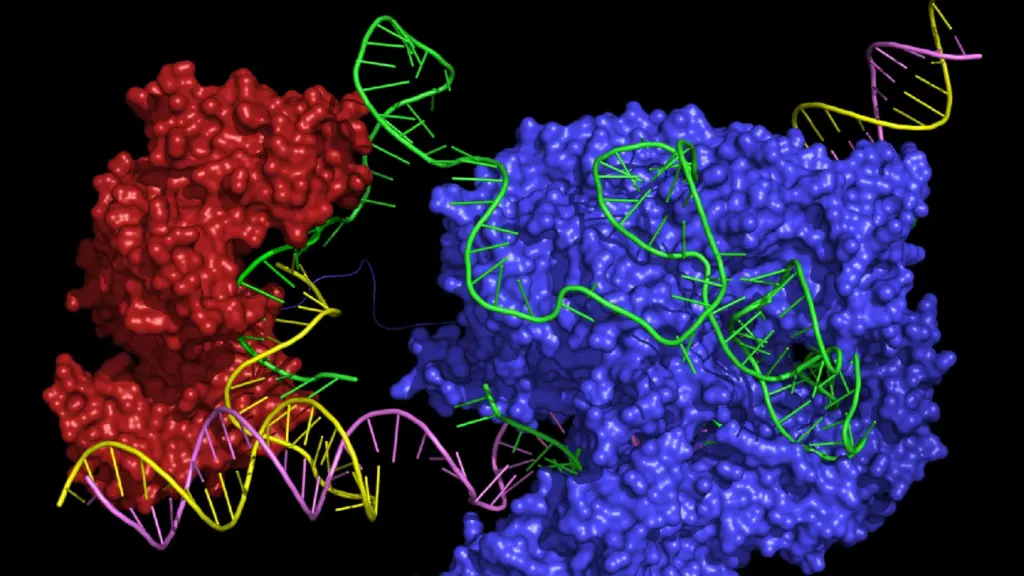The Rio 2016 Olympic Games are in full swing, but the threat of Zika virus is still very real. We’re now seeing cases spread throughout the state of Florida and the threat is growing. It’s time to focus on improving the way we deal with virus, and CRISPR technology may provide us with the power to prevent the spread of Zika altogether.
Zika virus is a global health emergency; as of July 27, 2016, 67 countries and territories have reported evidence of mosquito-borne Zika transmission since 2007, 64 of these since 2015.
Image Credit: Business Insider; Source: CDC
Between February and April 2007 Brazil notified the World Health Organization (WHO) of almost 7,000 cases of illness characterized by skin rash in their northeastern state. These cases were not tested for the virus, but in February 2016 the clusters of microcephaly and neurological disorders around Brazil and other South American countries were attributed to Zika. It’s likely that at least some, if not the majority, of the skin rash reports were due to Zika too, it’s a known symptom of infection and the location of Zika and skin rash cases overlapped significantly. The virus is now endemic across Brazil, leaving the country open to criticism over the Rio 2016 Olympic Games.
Over recent months we have seen multiple athletes withdraw their participation in the Olympics. In June, American cyclist Tejay van Garderen became the first US athlete to withdraw citing concerns about the virus and the potential risk to his pregnant wife. Golf is making a return to the games for the first time since 1904, but seven major golf stars will be absent; Jason Day wrote on Twitter, “The reason for my decision is my concerns about the possible transmission of the Zika virus and the potential risks that it may present to my wife’s future pregnancies and to future members of our family.” Other participants have chosen to attend, though many have voiced concerns and will take extra precautions to ensure their safety. Jordan Speraw, US men’s volleyball team coach, and British long-jumper Greg Rutherford have both frozen sperm before traveling to Rio, with Spanish basketball player Pau Gasol saying he may do so too. South Korea’s Olympic team have even gone to the extent of wearing so-called ‘Zika-proof’ uniforms which feature blazers and pants that have been pre-treated with mosquito repellent.
In late May 2016, the WHO confirmed that “cancelling or changing the location of the 2016 Olympics will not significantly alter the international spread of Zika virus”, and have continued to recommend visitors to Rio follow public health travel advice. The only exception to that advice being pregnant women, who have been advised to stay away from known Zika areas entirely. A recent study published in the Annals of Internal Medicine by researchers from the Yale School of Public Health endorses the WHO’s statement, saying that they expect between just three and 37 people out of a possible 500,000 visitors to the Olympics to go home with Zika. Although the evidence suggests that the Olympics Games are safe to proceed, a recent Nature editorial stressed the need for the global health community to retain Zika’s high priority status until the threat is wiped out.
The need to keep Zika at the top of the research agenda appears to be even more important than ever. Though we’re assured that the International Olympic Committee were right in keeping the games in Rio, and at the time of writing there has been no reported Zika cases in the visiting Olympic population, Zika has now spread to the United States. There are reports of an outbreak concentrated in the neighborhood of Wynwood, just north of downtown Miami, Florida, with 17 positive cases within an area of one square-mile. The first known case of a pregnant woman infected with Zika in the US is of particular concern among health officials and regulators because she appears to have been infected by a ‘local mosquito’. She has not travelled to a known Zika area, and she is not believed to have had sex with anyone likely to have transmitted the virus to her. This is new, and it’s scary. This case is not likely to be the result of infected patients travelling and bringing the virus home, and it introduces the very real threat that Zika-infected mosquitoes have made it to the States. Over recent days the number of patients thought to have been infected locally has risen to 22, thankfully no further pregnant women have been reported in that group of 22.
In recent days Hilary Clinton has brought Zika back to the forefront of the political agenda despite the House being on vacation. She visited a clinic in Wynwood and called for congressional leaders to end their recess and return to Washington to “agree on what they would do to put the resources into this fight”. The Senate has already passed a bipartisan funding bill for $1.1billion to fund Zika treatment, testing and research.
Miami is the first city in the United States known to be affected by Zika, and unless we sustain the rate at which research has been conducted throughout the outbreak so far, it is unlikely to be the last.
The advancements that have been made by the research community focussed on Zika have been astounding; when the US Centers for Disease Control and Prevention concluded that the virus causes birth defects in April this year, it marked the conclusion of one of the quickest ever basic science investigations into a crucial public health issue; it would have been reasonable to assume that this process could have taken years, in the end it took just six months. This collaborative, organized and highly-focussed approach to a key public health issue is something that could allow us to solve the problem of Zika entirely over the next year. Currently we have conclusive evidence for Zika’s link with increased cases of microcephaly and neurodevelopmental defects, what is important now is that we re-focus our efforts to improve diagnosis, treatment and ultimately prevention.
CRISPR is at the forefront of Zika prevention research. This is undoubtedly, at least in part, due to the use of CRISPR/Cas9 technology to generate malaria-resistant mosquitos previously. A study led by researchers at Imperial College London, UK, identified three genes that confer a recessive female-sterility phenotype when disrupted. It’s female mosquitos that act as malarial viral vectors, meaning that should these genes be disrupted in a sufficient proportion of the mosquito population, levels would effectively drop to those that do not support malaria transmission. Clearly, this isn’t ideal – we’re unsure of how these genetically engineered mosquitoes would react in the wild, how they would affect wider populations and if they would have a detrimental impact on the ecosystem. Logically, use of CRISPR to disrupt Zika-associated genes looks to be a good target for researchers to aim for, particularly if the genes are not specific for either sex of the mosquito.
This is where things get really exciting for the potential of Zika eradication.
A team at Washington University School of Medicine in St Louis has identified a single gene pathway that is crucial for the spread of Zika, and other viruses in the flavivirus group (Dengue, West Nile virus and others), to spread infection between cells. The group demonstrated that shutting down a single gene in this pathway does not negatively affect the cells themselves, and renders viruses unable to exit the original infected cell – the best bit – this was in both insect and human cells. The underlying gene is an endoplasmic reticulum-associated signal peptidase complex (SPCS) protein, referred to as SPCS1. CRISPR gene editing technology was used to selectively shut down expression of SPSC1, resulting in a markedly reduced yield of West Nike, Dengue, Zika, yellow fever, Japanese encephalitis and hepatitis C viruses.
This use of CRISPR gives rise to two options for Zika going forward; one looking at treatment, and one prevention. In terms of treatment, SPCS1 can now be viewed as a potential drug target. This would get around any ethical issues or problems that could surround the genetic modification of humans for this purpose, as well as staying clear of unknown impacts on the wider ecosystem as a result of genetically engineering the mosquitoes themselves. Prevention would be just that, engineering mosquitoes to ensure they are unable to transmit and infect other organisms with Zika virus. The way we use this information for future therapeutics and research work relies heavily on the way regulators and authorities view the use of CRISPR technology to modify the genome, we have already seen the first approval of CRISPR editing in humans in the United States this year so that may well be a possibility after all.







